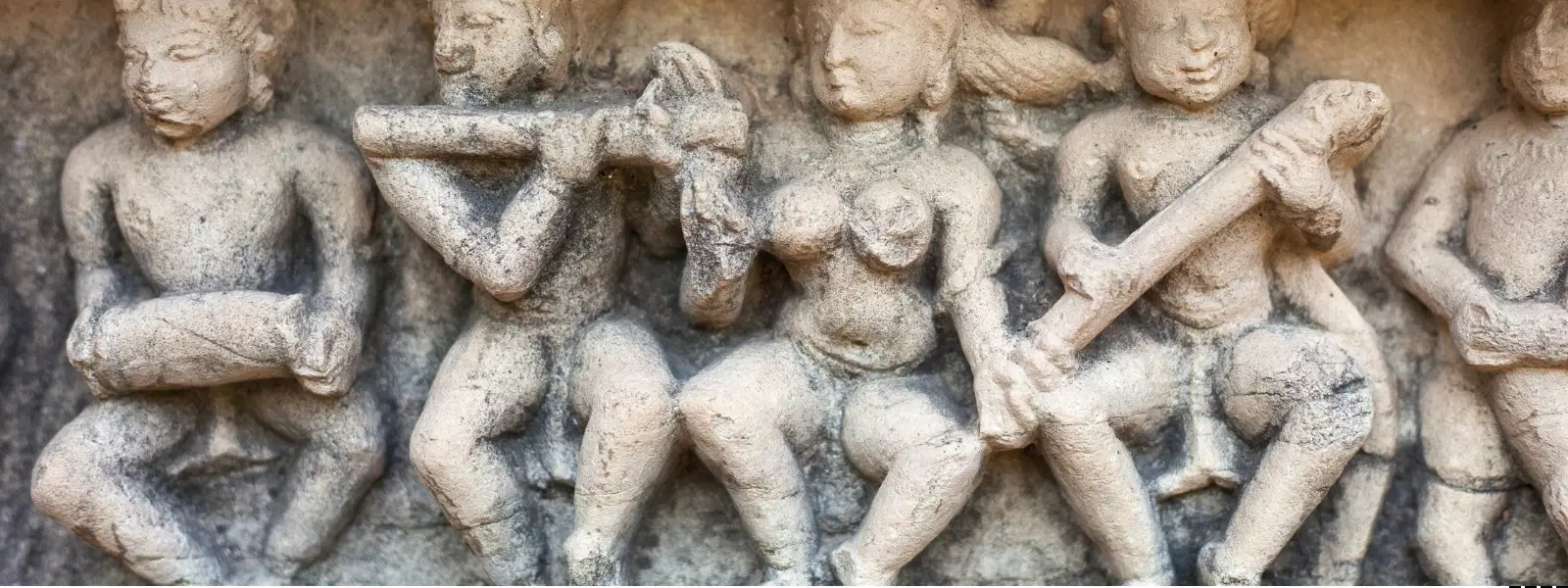
Hotels
•03 min read

The Descent of the Ganges Mahabalipuram bas-relief looms large as one of ancient India’s most awe-inspiring masterpieces. This blog will reveal 7 amazing insights about this UNESCO World Heritage Site, covering its historical context, mythology, artistic techniques, cultural significance, and preservation efforts. As you gaze upon its intricate carvings that dance with the stories of gods and legends, you can almost hear whispers of the past echoing through time. Located in Mahabalipuram, Tamil Nadu, this masterpiece not only captures the marvels of the Pallava dynasty but also offers a vivid insight into the era of old, where art and spirituality intertwined.
The relief is a remarkable example of ancient Indian sculptures, created during the 7th century under the visionary King Narasimhavarman I. The Pallava dynasty's legacy in art and architecture is exemplified through these Mahabalipuram rock carvings. Their meticulous craftsmanship not only depicts mythological legends but also demonstrates the advanced techniques in stone carving that continue to inspire artists and historians today.
Mahabalipuram has earned its place as a UNESCO World Heritage site, primarily to safeguard its stunning Indian bas-relief architecture. The Descent of the Ganges relief sits among an array of historic monuments, each narrating stories of a time when gods mingled with mortals. Together, these ancient Indian sculptures help preserve a cultural identity that is deeply rooted in art, mythology, and spirituality.
This monumental carving vividly narrates the tale of Bhagiratha’s strenuous penance, performed with unwavering dedication to bring the sacred Ganges River to Earth. The story is brought to life by the delicate depiction of Shiva, whose intervention is a critical moment, ensuring that the mighty river is tamed. Each chisel mark tells a story of divine effort and human resilience.
In a fascinating twist, another interpretation suggests that the relief also portrays Arjuna’s penance. Here, the Mahabharata’s influence is palpable, as the warrior seeks to obtain the formidable Pashupatastra from Shiva. This dual narrative infuses the bas-relief with a complex layer of storytelling, underlining the Pallava artists’ ingenuity in blending two significant mythological events into one cohesive artwork.

The Descent of the Ganges relief is renowned for its intricate carvings that teem with celestial beings, animals, and ascetics. Every detail is loaded with symbolism drawn from Hindu mythology. The naturalistic portrayal of elephants, for instance, stands out as a testament to the artists' commitment to realism while simultaneously weaving symbolic narratives about strength and wisdom.
This iconic relief is more than just a visual spectacle—it is a living testament to Hindu cosmology. The carvings encapsulate religious beliefs and provide a tangible connection to the myths and legends that have shaped Indian culture. For many devotees, the Descent of the Ganges relief is a sacred destination that evokes spiritual introspection. Its connection to the Ganges River—a symbol of purification and divine grace—makes it an essential pilgrimage site.
Preserving this priceless artifact is a priority for cultural custodians in Tamil Nadu. As part of the Mahabalipuram UNESCO site, continuous efforts are made to protect the relief from the ravages of weathering and erosion. The Descent of the Ganges relief not only attracts tourists from across India but also serves as an invaluable educational medium. Scholars and art lovers alike visit to learn about ancient techniques, the historical context of Pallava dynasty art, and the rich tapestry of mythological narratives woven into the carvings.
Did you know? The Descent of the Ganges relief uniquely combines two mythological stories—Bhagiratha’s penance and Arjuna’s penance—into a single artistic masterpiece. This duality showcases the Pallava dynasty’s ingenuity in storytelling through stone carvings.

The relief primarily depicts Bhagiratha’s penance to bring the Ganges River to Earth, but it also incorporates elements of Arjuna’s penance as interpreted from the Mahabharata.
It is an alternate interpretation of the Descent of the Ganges relief, where Arjuna is shown seeking the Pashupatastra from Shiva as part of his penance.
The theme centers around the descent of the Ganges River to Earth, symbolizing spiritual purification and divine intervention.
The two narratives are Bhagiratha’s penance to bring the sacred river to Earth, and Arjuna’s penance to obtain divine weaponry from Shiva.
The panel integrates multiple scenes including celestial beings, animals, and ascetics, creating a cohesive narrative that bridges divine interactions with earthly existence.
The Descent of the Ganges Mahabalipuram bas-relief stands as a dazzling confluence of history, mythology, and art. Through exploring its origins from the Pallava dynasty, its dual mythological narratives, and the artistic brilliance encapsulated in its massive panels, we uncover a world where every chisel mark reflects centuries of cultural and spiritual heritage. This masterpiece invites us not only to admire ancient Indian sculptures but also to delve deeper into India's rich legacy and traditions.